How much does it cost to become a commercial pilot? Becoming a commercial pilot requires several years of dedication, hard work, and study. This article will give you the lowdown on how much it costs to become a commercial pilot for major airlines worldwide.
Becoming a commercial pilot can be an expensive endeavor. The cost of becoming a commercial pilot depends on the path you choose, whether it be the traditional path or the fast track.
Do you have an interest in becoming a commercial airline pilot? Did you know it takes about 50–60 hours of flight time for training for initial certification? Flight schools average approximately $400 per hour.
So, at the end of your training and testing, you could be paying $20,000 to $30,000 just to learn how to fly a plane. And yes, there are ways to reduce these costs, but before you go through all that trouble, you should consider whether or not becoming a commercial pilot is worth it.
Becoming a commercial pilot is not as expensive as some people think. It can be done with hard work, determination, and discipline. The cost of becoming a pilot varies based on several factors, including the type of training you want to pursue and your location in the world.
How much does it cost to become a commercial pilot?
The cost of becoming a commercial pilot is determined by the school you attend and its location.For example, a four-year private flight school may charge around $10,000 per year in tuition.
while a two-year public college might be closer to $15,000 per year. The cost of your training will also vary based on the type of training you need—commercial or private—and what type of aircraft you want to fly.
You can expect to pay around $35,000 for your training if you decide to become a commercial pilot. This includes all of the required classes, training materials, and books, as well as lodging and travel expenses.
You may also have to pay for additional testing, depending on what type of license you’re seeking. The average salary for a commercial pilot is $50,000 per year.
The highest-paid pilots earn more than $100,000 annually. This includes both single- and multi-engine aircraft pilots. You can also expect to earn around $40,000 per year if you become a private pilot.
This includes all of the required classes, training materials, and books, as well as lodging and travel expenses. You may also have to pay for additional testing, depending on what type of license you’re seeking.
Read more articles: Can Aviation Fuel Melt Steel?
Key takeaway points
- Enroll in a flight school of your choice.
- Pay for flight lessons and your instructor.
- Prepare for the FAA practical test.
- Pass the computerized written exam.
- Take and pass the oral exam.
- Get a position at an airline company.
- What is the average pilot’s starting salary?
Enroll in a flight school of your choice.
Choosing the right flight school is an important step in your journey to becoming a pilot. It is possible to receive training at some flight schools for as little as $30,000 (and sometimes less), but more often than not, this will result in less-than-ideal outcomes.
The average cost of attending a flight school ranges from $15,000 up to $200,000 or more, depending on whether you’re attending an accredited university program or obtaining your commercial license through a private school.
If you’re considering enrolling in one of these programs and want to know what it’ll cost you before signing up, here are some things you should consider:
The average salary for pilots varies by region and years of experience; however, it ranges from approximately $50k to $105k per year (the highest salaries being awarded at corporate airlines).
The average cost of training in the United States is approximately $20,000. However, this does not take into account the price of your flight hours and textbooks.
You should expect to pay for at least 50–60 hours of instruction in order to obtain a private pilot’s license, and then go on to complete additional training if you wish to become certified for commercial flying.
Depending on where you live in the United States, the average cost of training for a commercial pilot is very different. The cost is also dependent on whether you are attending an accredited university program or obtaining your commercial license through a private school.
Read more articles: Which Aviation Headset is the Best?
Pay for flight lessons and your instructor.
Flight lessons. The average cost of flight lessons is $1,000 to $2,000 per hour, with some teachers charging more than that.
Your instructor. You’ll need a commercial pilot instructor for your training and certification process—and they won’t come cheap. Expect to pay anywhere between $20 an hour (for a student-rated CFI) and $50 an hour (for an ATP-rated CFI).
getting your license. If you don’t already have a private pilot’s license, expect to pay anywhere from $500 to $3,000 for the necessary education and tests needed before obtaining the rating required by most airlines (a Commercial Pilot Certificate).
Aeronautical experience. If you don’t have any previous aeronautical training, then expect to pay anywhere from $1,500 to $6,000 for ground school and simulator time. This will help prepare you for your FAA written exam (and subsequent check ride).
If you already have an airplane, then count on spending another $10,000 to $20,000 for your aircraft’s annual inspection. And don’t forget about fuel costs: They can add up quickly since the average flight will use about one gallon (3.8 liters) of fuel per nautical mile.
Aeronautical experience. If you don’t have any previous aeronautical training, then expect to pay anywhere from $1,500 to $6,000 for ground school and simulator time.
This will help prepare you for your FAA written exam (and subsequent check ride). If you already have an airplane, then count on spending another $10,000 to $20,000 for your aircraft’s annual inspection.
And don’t forget about fuel costs: They can add up quickly since the average flight will use about one gallon (3.8 liters) of fuel per nautical mile.
Read more articles: Do Babies Need Ear Muffs for Flying?
Prepare for the FAA practical test.
The FAA written exam costs $150, and the oral exam costs $450. Finally, the practical test (also called a flight check) costs $300, but it can vary depending on the location.
In order to be eligible for a commercial pilot certification, you must pass all three parts of the licensing process: the FAA written exam, oral test, and practical test or flight check.
The FAA written exam will cover a wide range of topics, including: airspace rules and regulations; radio communication procedures; meteorology; navigation techniques; and aircraft operations and performance.
The oral test is given by an FAA inspector at your local flight school or airport. It will cover the same material as the written test and have a few more questions about aviation.
The practical test will be given in a small aircraft. You’ll be required to demonstrate your ability to properly operate the aircraft and perform certain maneuvers, such as landing and take-off procedures.
The FAA has a list of requirements for you to be eligible for a commercial pilot certificate. In order to earn your license, you must: be at least 18 years old; hold a valid student pilot certificate (or higher);
Pass the written exam with a minimum score of 65%; pass the oral test with at least 70% correct answers; and Complete an FAA-approved flight training program that meets all the requirements outlined in FAR 61.
Read more articles: Safest Private Aircraft in the World
Pass the computerized written exam.
The first step in becoming a commercial pilot is to pass the computerized written examination, which includes questions about aviation regulations, flight procedures, and aircraft systems. The exam costs $120 for private pilots and $270 for commercial pilots.
To pass the test, study the FAA’s Airman’s Handbook; it will provide answers to most of the questions on your test. You can also find other study materials online or at your local library.
To get ready for your oral exam, go over everything you’ve learned in your studies so you feel comfortable talking about it with an examiner who asks technical questions about how an airplane works and how air traffic control works.
The oral exam will take place in a room with a video camera and microphone, so you will be able to see and hear the examiner as they ask questions. They will also ask you to demonstrate your knowledge of basic flight maneuvers.
The FAA’s website provides information on how these exams are conducted, including sample questions that can help you prepare for yours. If you are preparing for your private pilot’s license, you need to complete a written examination, an oral exam, and a flight test.
The written exam is computerized and includes questions about aviation regulations, flight procedures, and aircraft systems. The FAA charges $120 for private pilots and $270 for commercial pilots.
To pass the test, study the FAA’s Airman’s Handbook; it will provide answers to most of the questions on your test. You can also find other study materials online or at your local library.
Take and pass the oral exam.
The final step in becoming a commercial pilot is to take and pass the oral exam. This is a test of your knowledge, skills, and abilities as a pilot.
The examiner will ask you questions about flying safely, managing flights, and making decisions that are based on safety considerations.
You should be prepared for this test because it can be difficult if you don’t know what is expected of you or haven’t practiced answering similar questions before.
In addition to being prepared for the oral exam, you should also know what to expect when you take it.
You will be asked questions based on your knowledge of flying procedures and regulations as well as your ability to make decisions that are safe for everyone involved in a flight operation.
An examiner will not only test your knowledge but also gauge how well you can communicate that knowledge in practical situations.
You should also be prepared for the oral exam by studying. You can use the FAA’s Aeronautical Information Manual as a reference and to learn about flying procedures and regulations.
The manual contains everything you need to know about being a pilot, from basic flight operations to emergency situations. The test will also include questions about weather and airspace, as well as airport and aircraft operations.
You should be prepared to answer questions that require you to use your knowledge of aeronautical charts, maps, and instruments. The FAA has a website where you can access these resources and study them before taking the exam.
Read more articles: Is Aviation A Good Career?
Get a position at an airline company.
If you’re hoping to get a position at an airline company, the best way to do so is by getting your foot in the door as an intern. If you don’t have any experience in this field yet and are just looking for a job as a commercial pilot, then this may be difficult for you.
However, if you already have some years of work experience under your belt—especially as an air traffic controller or in another aviation-related field—then it should be easier to find opportunities that fit your career path.
If there are no available positions at airline companies where you live, look online and see if there’s anything posted on sites like Monster or Indeed.
You might also try contacting local airports directly; they often have plenty of openings on staff even if they aren’t advertised publicly!
Once someone has contacted them about employment opportunities with their organization (or even before), they will begin the process of determining whether or not he or she has what it takes to succeed as an employee within their organization.
This process can take some time, but if you’re persistent, there’s a good chance you’ll eventually get the job. Once you have a job offer, it’s time to start preparing for your new career as a commercial pilot.
This typically includes getting an FAA medical certificate, attending ground school and flight training classes, and passing several exams before being allowed to work in this field.
The process may vary depending on where you live and what airline company you work for, but generally speaking, it all boils down to hard work and dedication!
Read more articles: Do Private Jets Have Showers?
What is the average pilot’s starting salary?
The average pilot’s starting salary is $50,000 a year. Entry-level pilots can expect to earn between $50 and $60k per year, while more experienced pilots with more responsibility can make up to $100k annually.
Captains make an average of $100k a year; first officers make around $70–$80k a year (depending on the airline and their level of experience).
A pilot’s salary can vary considerably, depending on the airline, the type of aircraft they fly, and their level of experience. For example, a new commercial pilot may earn between $50k and $60k per year, while an experienced airline captain could earn over $100k annually.
In addition, pilots may receive additional compensation for the hours they fly. For example, if a pilot flies on weekends or overnights, they can make an additional $100 to $250 per flight hour.
The average salary for a pilot is $50,000 per year. Commercial pilots typically earn between $50 and $60k per year, while more experienced pilots with more responsibility can make up to $100k annually.
Captains make an average of $100k a year; first officers make around $70–$80k a year (depending on the airline and their level of experience).
Final thought
To sum up, becoming a commercial pilot is a difficult but rewarding career path. It requires hard work and dedication, but the pay can be very good if you’re willing to make the investment.
The average starting salary for an airline pilot is $44,000 per year, with bonuses that could bring it up to over $100,000!
It’s very apparent from the above costs that becoming a commercial pilot is not cheap and will most likely require years of dedication and hard work before you earn your stripes.
But this kind of information could be helpful for those who are interested in becoming pilots but can’t afford to pay the high mandatory training costs required by the FAA. Airline pilots make between $50,000 and $70,000 per year after getting their commercial pilot license.
Read more articles: Aviation Psychologist
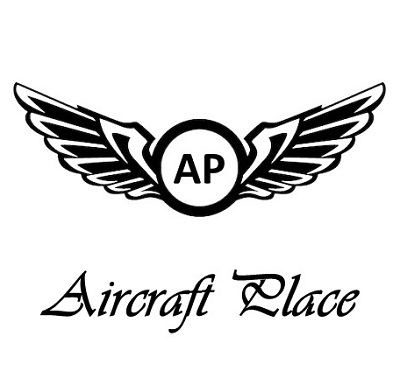
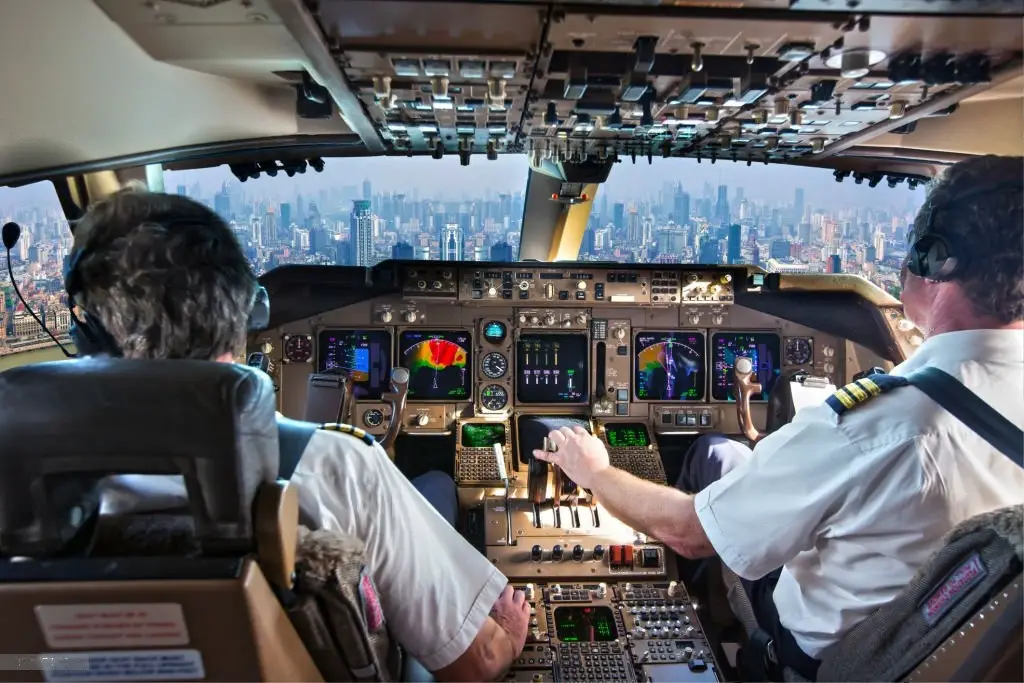


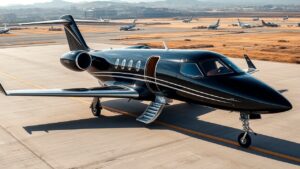
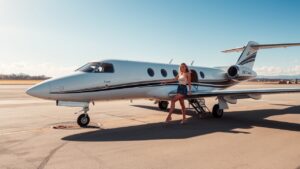

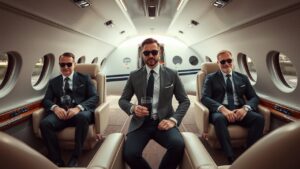



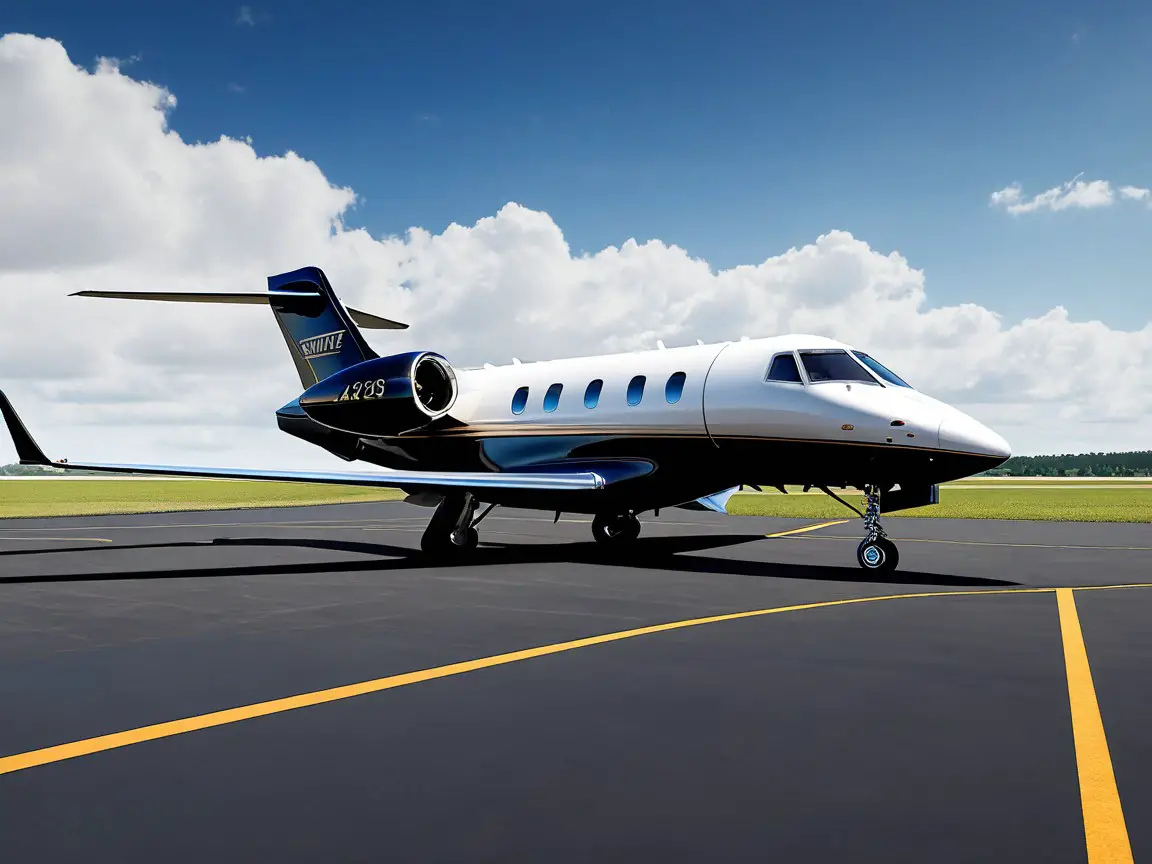
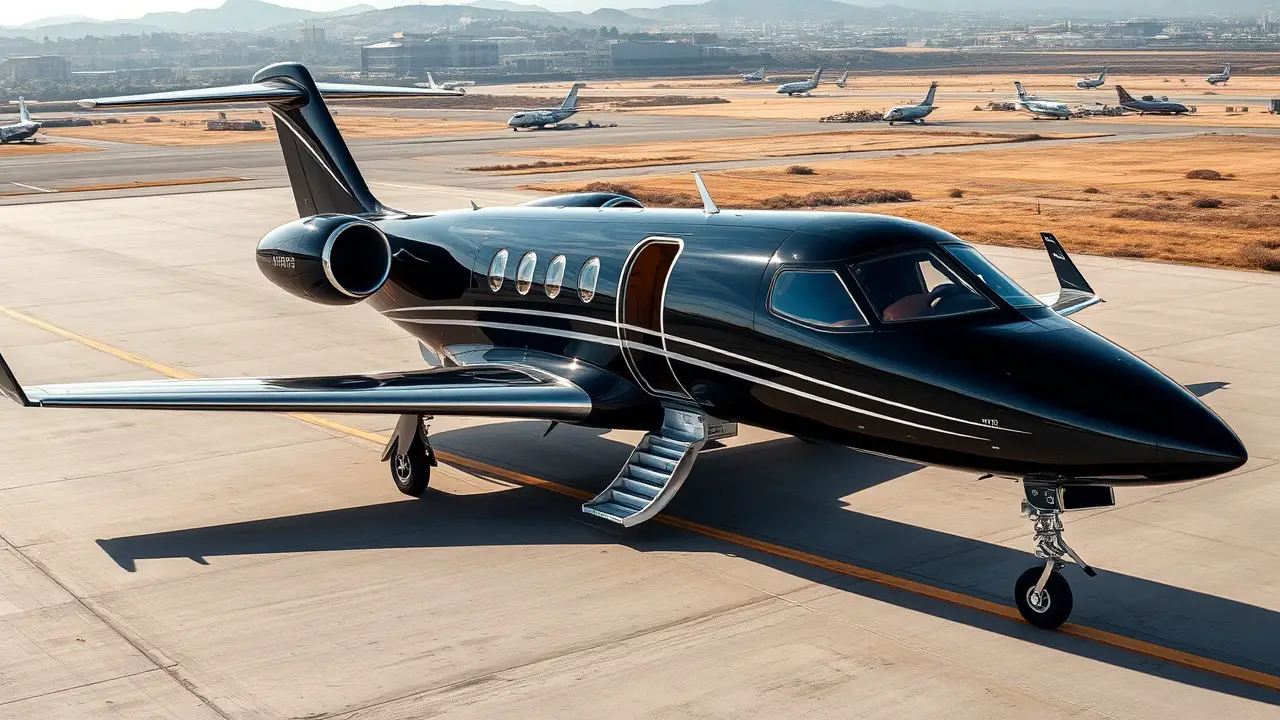
Leave a Reply